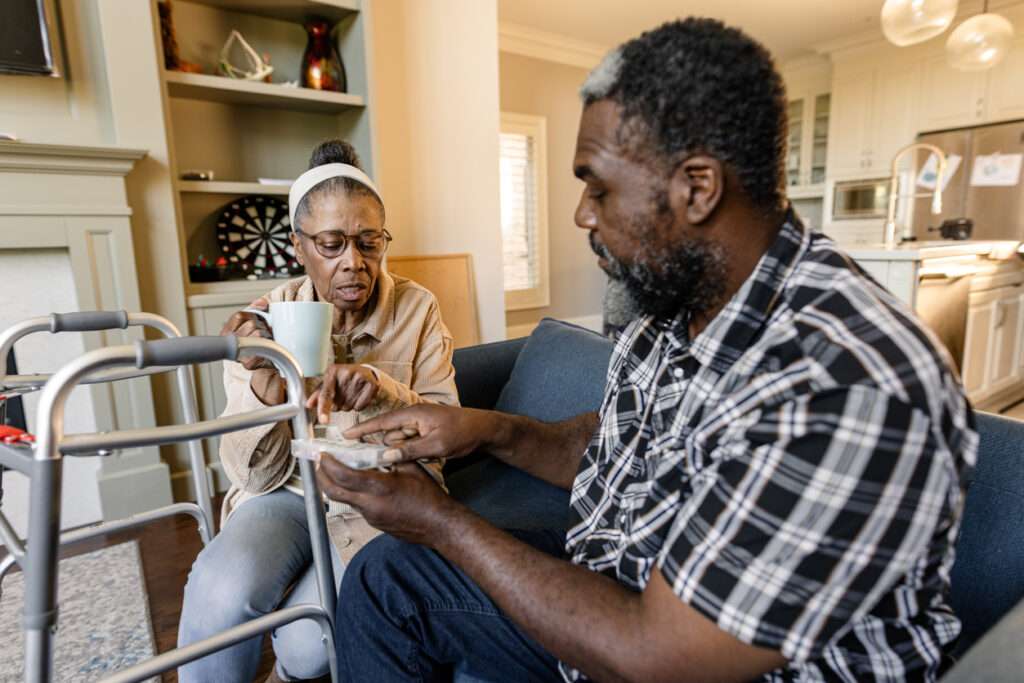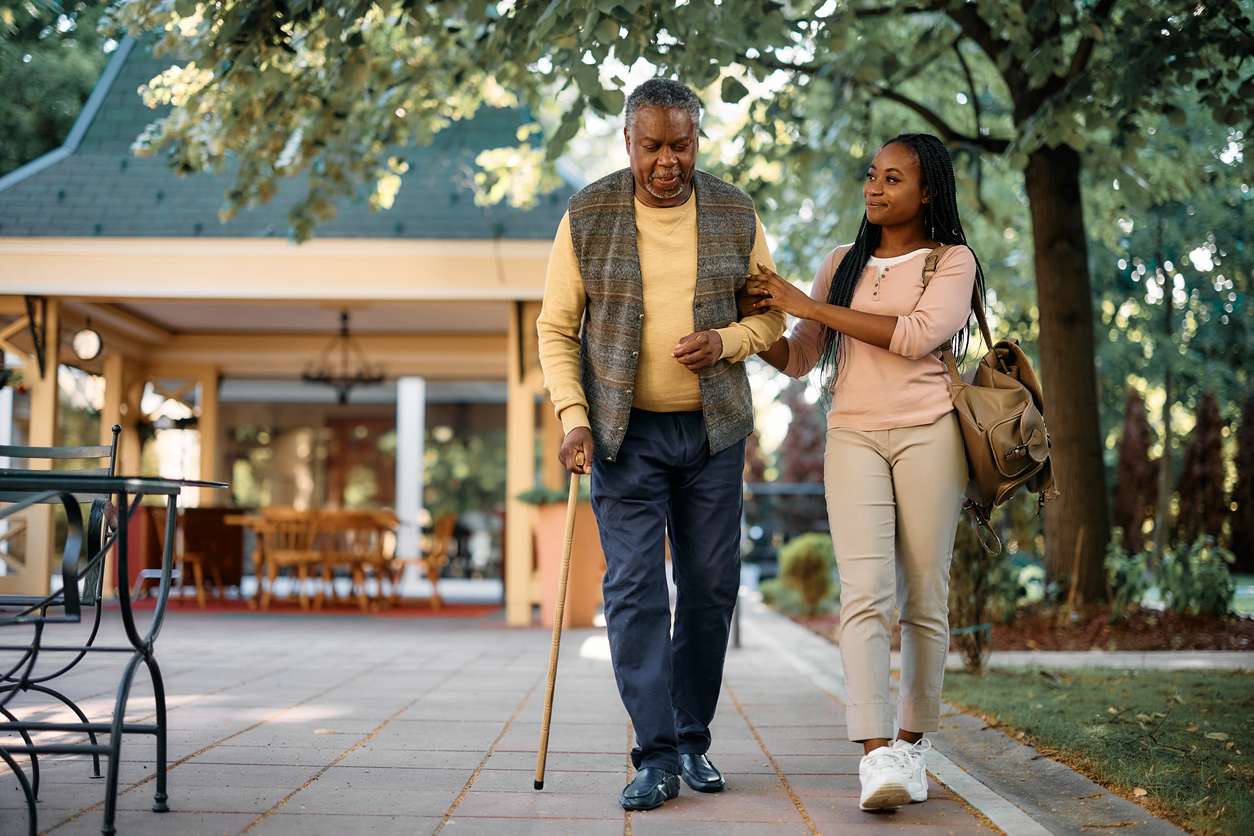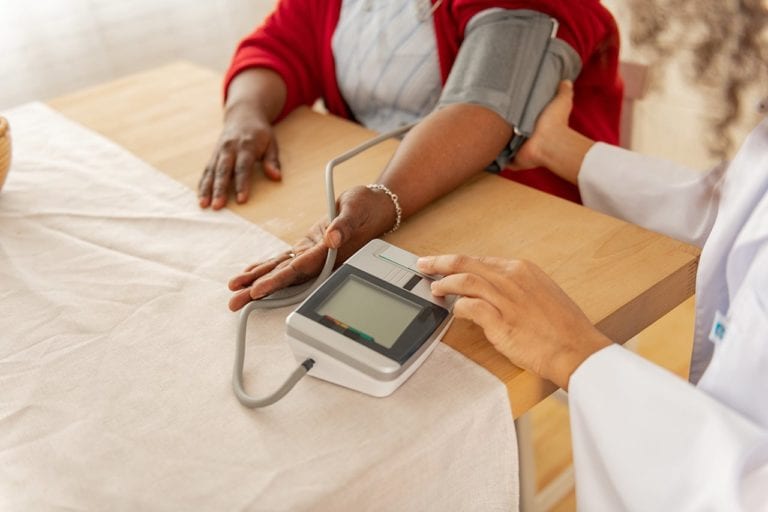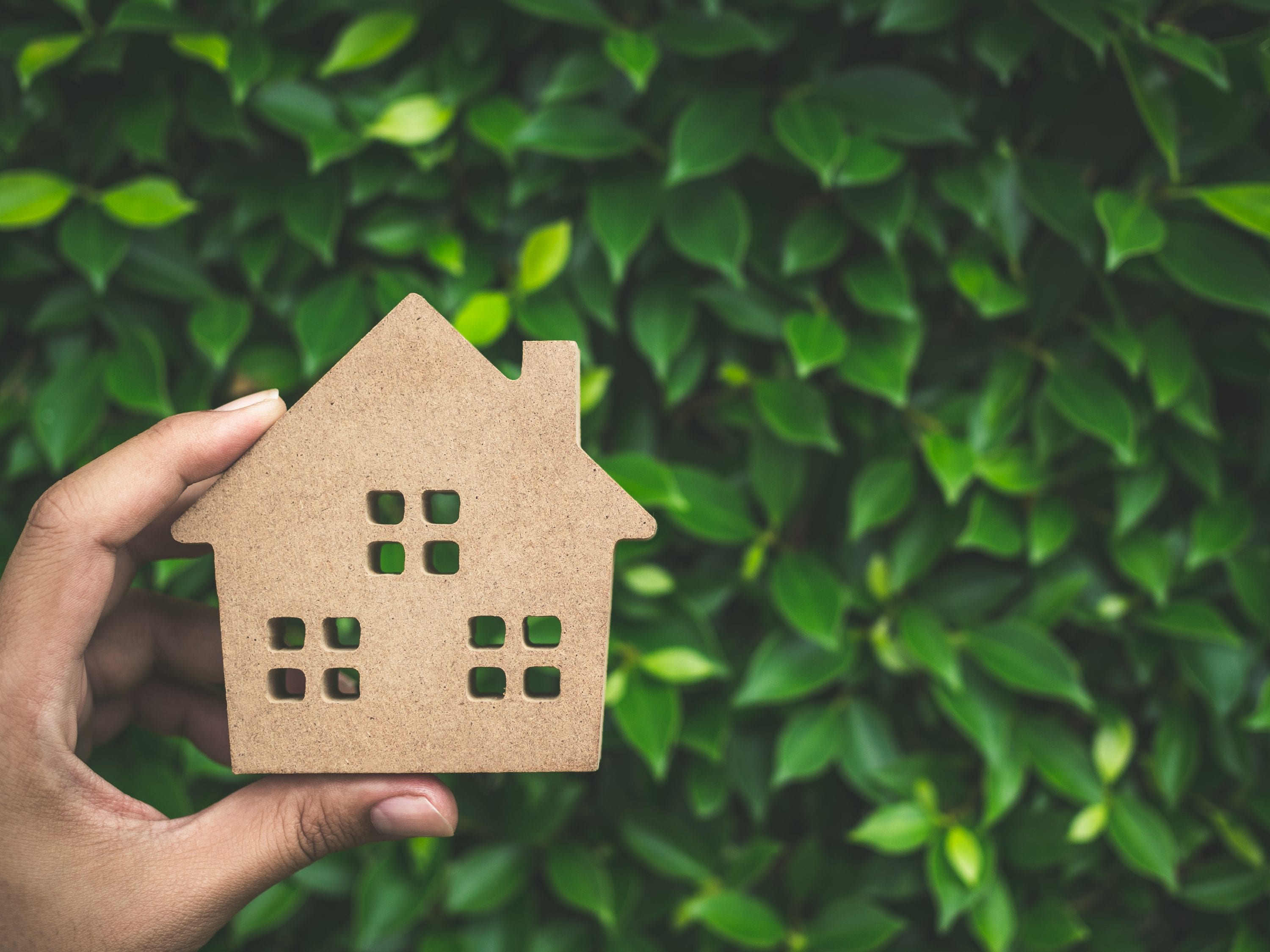Over the past 20 years, the world has witnessed a staggering rise in extreme weather events. According to a 2020 report from the United Nations Office for Disaster Risk Reduction, the dramatic increase is largely fueled by rising global temperatures and other climatic changes. These weather trends pose a serious threat to populations worldwide, but especially to vulnerable groups like older adults.
During heat waves, floods, fires, hurricanes, droughts and cold spells, older adults are at significant risk for respiratory, cardiovascular and psychological harm due to existing health conditions like compromised immune systems, dementia and limited mobility.
Read the latest health and wellness news
This problem will only be exacerbated by the “silver tsunami” of Baby Boomers. By 2030, one-fifth of the country’s population will be over age 65, with the fastest-growing segment being ethnic minorities.
Anyone caring for vulnerable older adults must be knowledgeable about the health effects of climate change events.

Heat waves and droughts
Heat waves, heat domes and droughts can lead to poor air quality that worsens lung conditions in elderly patients with asthma, chronic obstructive pulmonary disease (COPD) and allergies. Also, hotter climates increase the risk of dehydration, stressing the cardiovascular and renal systems and leading to kidney failure.
Older people tend to have decreased thirst perception and may take medications that put them at risk for dehydration and heat-related illnesses on normal temperature days. During high-heat days, they may experience a medical emergency like heat stroke, characterized by a temperature of 104° F, nausea/vomiting, dizziness, confusion, blurry vision and falling.
Wildfires
Wildfires pose another significant threat to older adults, particularly those in low-income areas with limited resources to evacuate or relocate to new housing. If they have to stay in an area with an active wildfire, the smoke can contribute to respiratory challenges. In the aftermath, ash that contains hydrocarbons and heavy metals pollutes the water and land, making the area practically unlivable.
Mold
Longer rainy seasons and increased flooding foster the growth of indoor and outdoor molds and fungi. Mold doesn’t just smell unpleasant. It can exacerbate allergies, asthma, emphysema and COPD, increasing the need for emergency services and hospitalizations.
Improving care through education
No one on their own can stop climate change. However, practical steps can be taken to assess and tend to older adults in the face of health threats during extreme weather.
Anyone caring for an elderly person should review medications for ones that can worsen the impact of extreme temperatures and take time to evaluate their living conditions. Older adults on fixed incomes may experience food insecurity and can’t stock up on provisions in case of a disaster. Additionally, their homes may be unprepared for a climate change event.
During a serious weather event, healthcare providers can evaluate older adults via telehealth services. Doing so allows patients to receive care without enduring environmental factors to get to appointments.
Finally, it’s important to educate older adults about steps they can take to mitigate their risks during extreme weather events. For example, they should be reminded of the importance of drinking water even if they’re not thirsty. Not only does this help them avoid dehydration during a typical day, but it can help reduce the risk of urinary tract infections, renal damage and heat stroke during high temperatures.
Raising awareness among healthcare professionals
Because traditional nursing curricula include little content about the health impacts of climate change on older people, health experts are weaving these topics into their course materials.
By equipping nursing students with the knowledge and skills needed to care for older adults during environmental crises, the university is creating a new generation of healthcare providers that can make a significant difference during these unprecedented times.
By: Brandpoint








